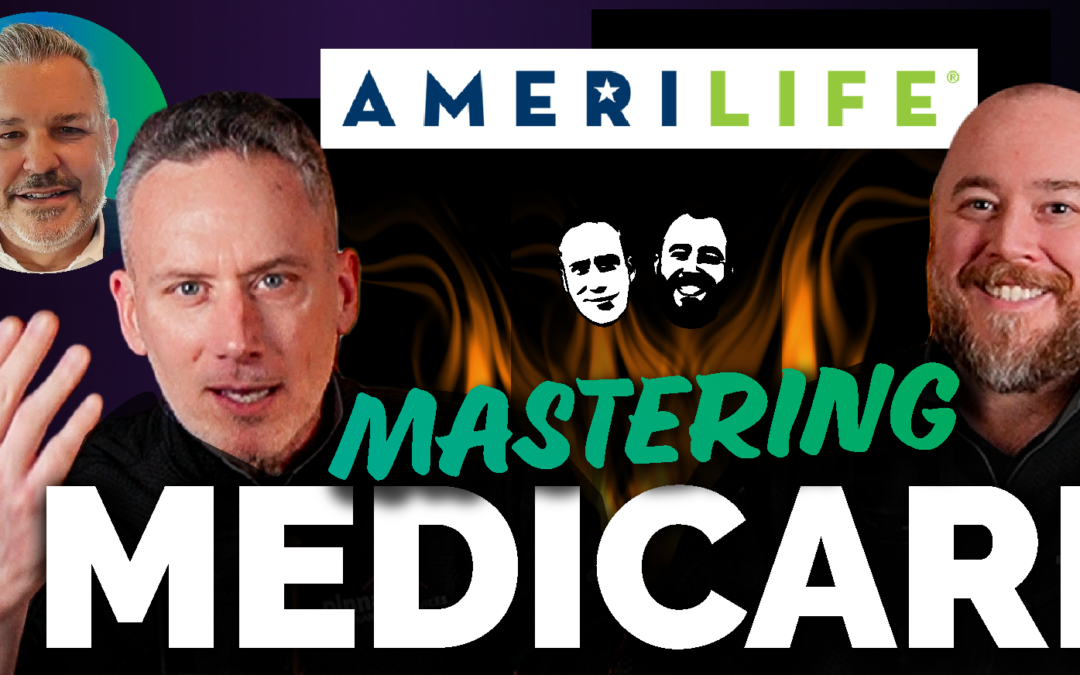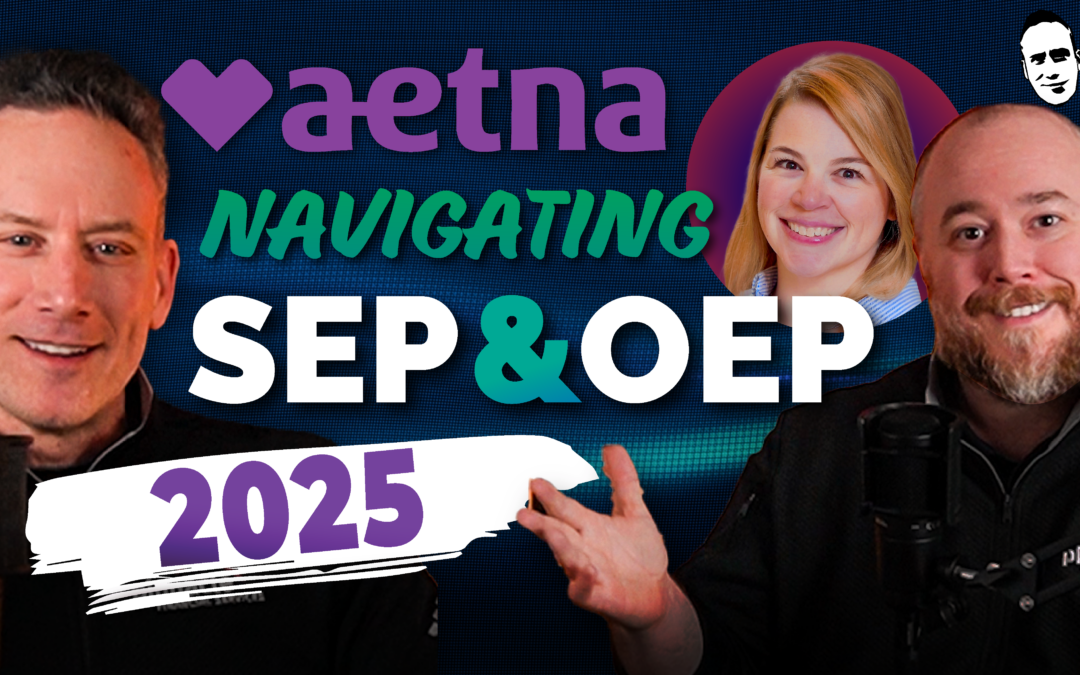
Maximizing Medicare: Unlocking Opportunities in Ancillary Insurance
Welcome to Insurance 360!
Hey there, and welcome back to another exciting deep dive into the world of insurance! Today, we’re peeling back the layers of Medicare Advantage and exploring the game-changing role of ancillary products. And trust me—you don’t want to overlook these hidden opportunities.
Joining us is the ever-knowledgeable Jamie Sarno from AmeriLife, who’s here to break it all down: where Medicare Advantage plans fall short and how smart insurance professionals can step in to bridge the gaps.
A City Still Buzzing
First off, let’s take a moment to soak in the energy—because here in Philadelphia, the excitement is still in the air. The Super Bowl may be behind us, but the celebrations remind us of something important: community, strategy, and making the most of every opportunity. And that’s exactly what we’re talking about today—opportunity—in the world of Medicare Advantage and beyond.
The Medicare Advantage Playbook: Finding the Gaps
If you’re an insurance agent, you know the Open Enrollment Period (OEP) is a hectic time. But many overlook just how many coverage gaps exist in Medicare Advantage plans. Hospital stays? Surprise copays? Uncovered dental, vision, or hearing expenses? These can be major pain points for clients.
Jamie emphasizes one key takeaway: Being proactive is everything. Medicare changes constantly, and those who stay ahead of the game are the ones who win—both for their clients and their own businesses.
The Smart Way to Sell Ancillary Insurance
Let’s be real—no one likes feeling blindsided by medical expenses. That’s why the best agents don’t just sell Medicare Advantage plans; they set their clients up for success from day one.
Jamie shares a simple strategy: Make ancillary products a natural part of the conversation. Instead of treating them as optional add-ons, introduce them as essential solutions that make the entire insurance plan more complete and stress-free.
Think of it like this: If you were buying a car, you wouldn’t skip out on insurance, right? The same logic applies here—a solid insurance plan should protect against unexpected costs, not just the basics.
Why Ancillary Products Are a Bigger Deal Than Ever
Ancillary products used to be the underdogs, but not anymore. With more guaranteed issue periods and expanded product offerings, they’re becoming must-have components of well-rounded insurance plans.
Some of the most valuable ancillary products include:
✔ Hospital indemnity plans – Cover those sneaky hospital copays.
✔ Dental, Vision, and Hearing (DVH) insurance – Because Medicare doesn’t fully cover these essentials.
✔ Critical illness plans – Extra financial protection for major health events.
And here’s the kicker: Not only do these products protect clients, but they also help agents build stronger, long-term relationships—increasing retention and trust along the way.
Tech Tools Are Changing the Game
Good news—technology is making all of this easier than ever. With digital tools for rate comparisons, policy management, and claims processing, agents can spend less time on paperwork and more time helping their clients make smarter choices.
Final Thoughts: The Future is Bright
We’re in an exciting time for insurance professionals. The industry is evolving, and those who adapt, diversify, and educate their clients are the ones who will thrive.
A huge thank you to Jamie Sarno for sharing his expertise! If you’re looking to level up your approach to Medicare and ancillary products, now is the time to dive in.
Let’s keep the conversation going because when we work together, we can truly make a difference in our clients’ lives.
Got questions? Need resources? Reach out, and let’s make sure no client is left unprotected.
1 (800) 772-6881 x7731 | sales@pfsinsurance.com

Vice President marketing
Contact a Pinnacle Representative if you have any questions.
1 (800) 772-6881
support@pfsinsurance.com








